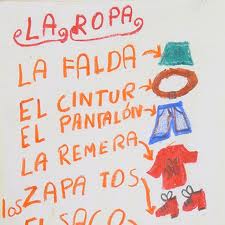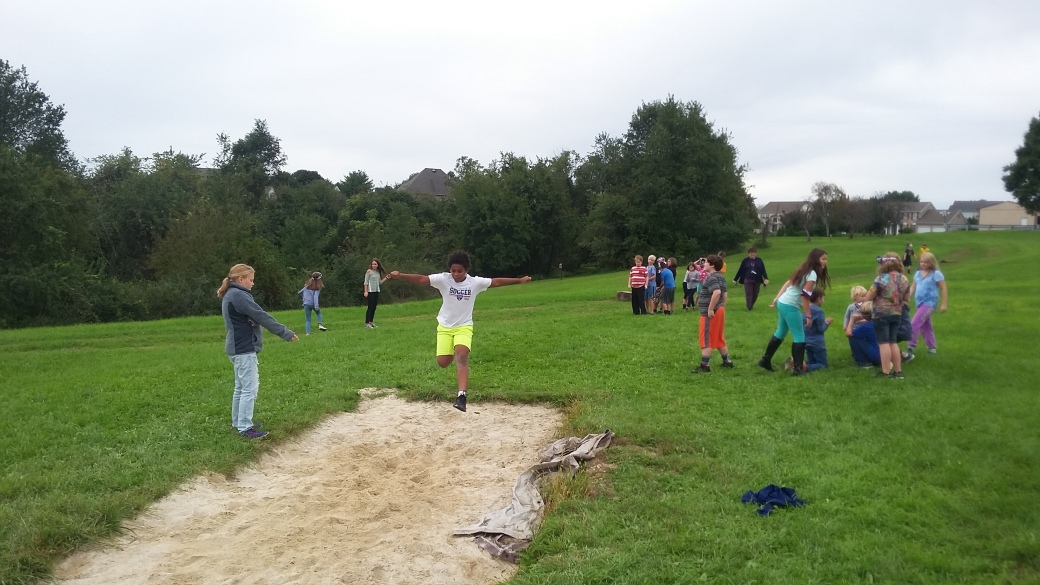
All across North America during fifth grade students prepare and train to complete in the Pentathlon. This annual celebration of fifth grade grace, skill, and determination, is a beautiful piece of the curriculum in Waldorf schools around the world. We owe gratitude to Miss Edit, our Games and Movement teacher, for developing this rewarding tradition and collaborating with fifth grade teachers to bring this piece of Greek history to life.
A Pentathlon by definition is an event that comprises five athletic components. Most Waldorf Pentathlons include: the long jump; the javelin throw; the discus throw; wrestling; and a relay race.
As with all aspects of the Waldorf school curriculum, this event is designed to take advantage of the peak moment of a child’s development. At age 11 or 12, in the fifth grade, children experience the height of childhood. The study of the history of human beings on the earth turns clearly in grade five from story, legend, and mythology, to written history.
The study of Greece comes at the end of fifth grade’s Waldorf curriculum path of history. Starting in ancient India, the students learn of the Holy Rishis and Hinduism, the caste system of organizing society while learning of Manu, Vishnu, Rama, and Brahma, with closeness to the spiritual realities of earth. From India they go to Persia and the domestication of animals and the beginnings of organized agriculture while hearing of Zarathustra and Ahriman, the powers of light and darkness. On to Egypt the year travels and the Pharaohs, slavery, the building of the pyramids and empires, and the god Osiris and his wife, Isis.
At last the year’s history comes to Greece and the students learn not only of Zeus, Hera, Apollo, Demeter, Poseidon, Athena, Aphrodite, Leda, Orpheus, Eurydice, Hades, and Persephone, but also of the emergence of democracy, philosophy, poetry and theater. The wars between city-states and the wars with invaders who wished to dominate and rule Greece are studied as well as the battle of Marathon and the run that lives on to this day.
In the Greek culture beauty was held as all-important. The clarity of beautiful speech in oration; the making of daily objects –vases, cups, wall paintings; the human form in athletic competitions – all of these were of great import as the people of Greece judged excellence.
In Waldorf Pentathlons this characteristic of beautiful form is paramount. It is not how fast, how far or how superior your results are athletically, but how you look, behave, and perform while achieving excellent results.
The day itself is prepared with odes the children might write to their favorite goddess or god for help in the day’s competition. A opening ceremony, much like the Olympics, with the lighting of a flame and the offering of poems and food launch the day. There is a mood of reverence for the importance of the day and of the admiration the students have learned that different gods and goddesses had for different heroes and different sports and arts of warfare.
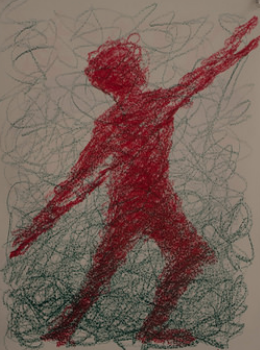
Message from Miss Edit:
5th grade has been excited to embark on the endeavor of training for the Pentathlon. So far, we began work with the javelin throw, discus throw, running and long-jump. The students have been extremely disciplined about the safety procedures involved with javelin and discus throwing and are making great progress towards mastering a beautiful and graceful form combined with strength. Hand wrestling games will begin as the weather turns colder and we spend more time indoors.
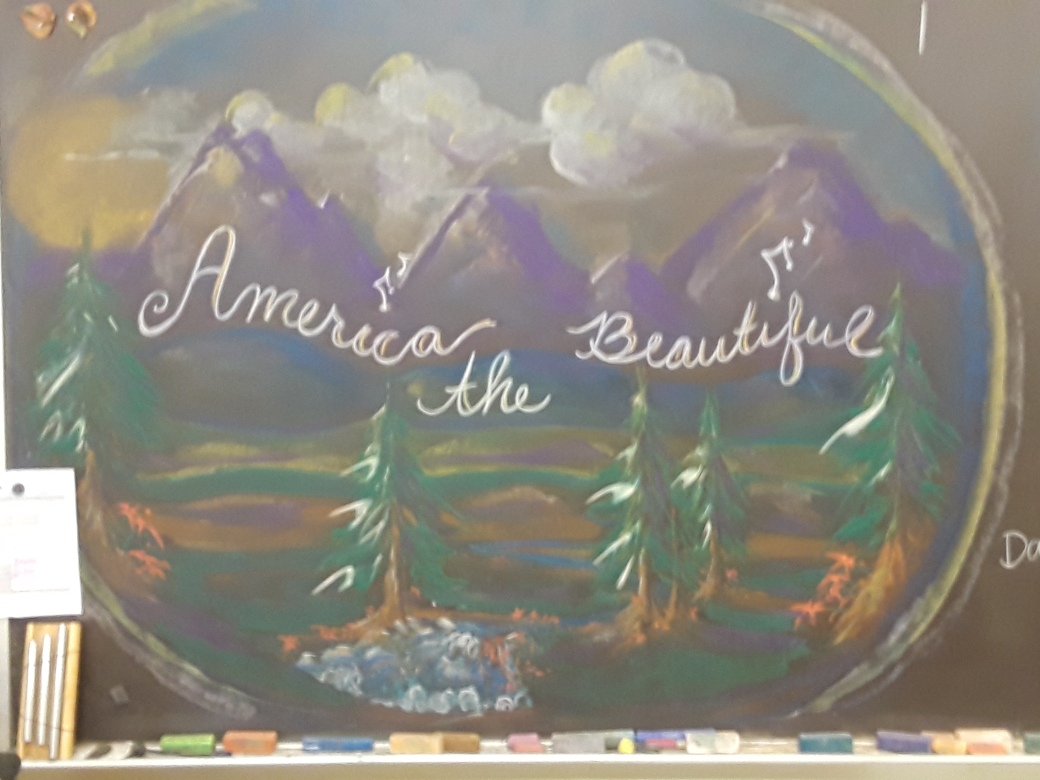
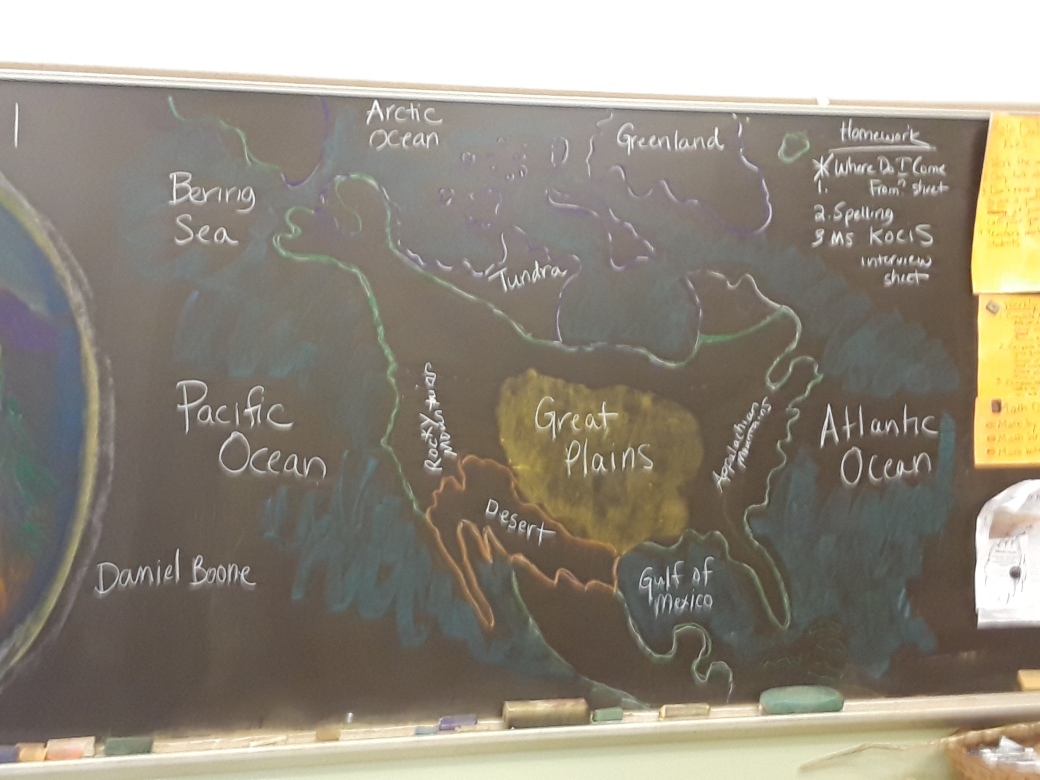
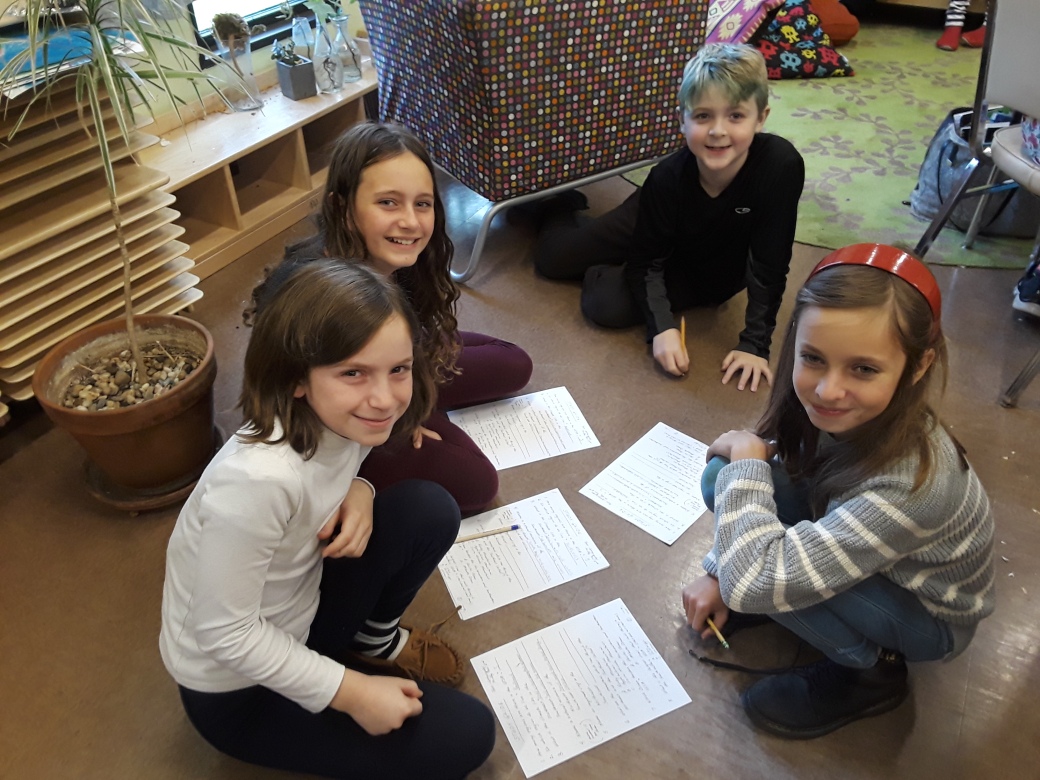
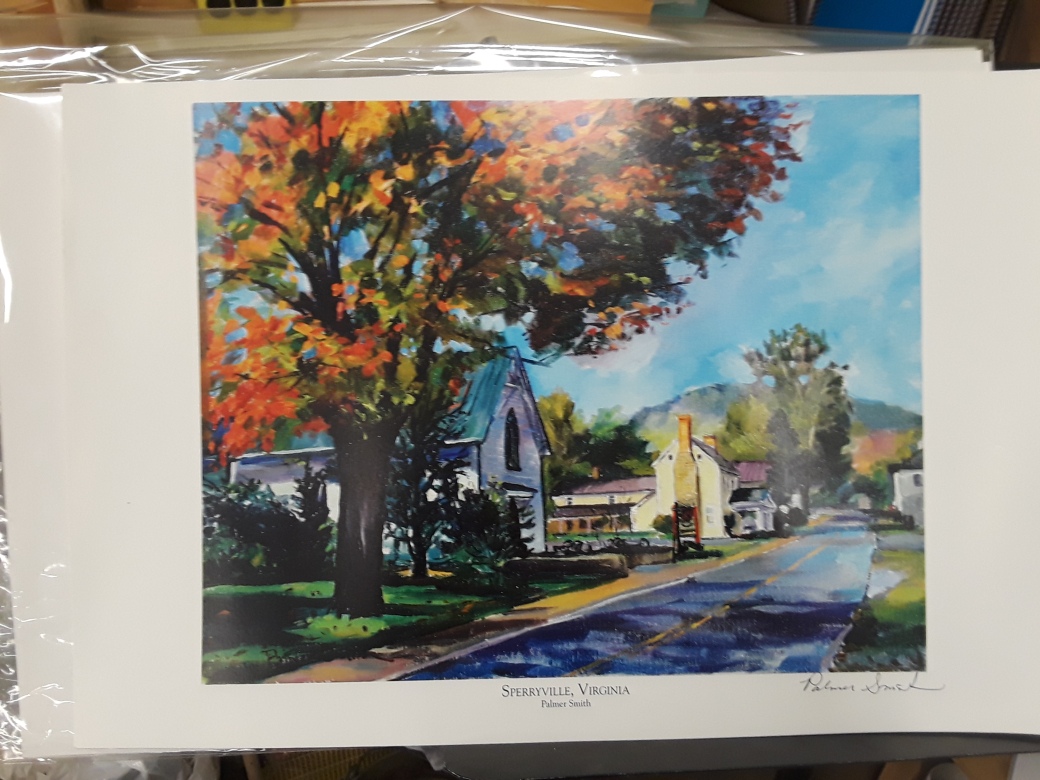
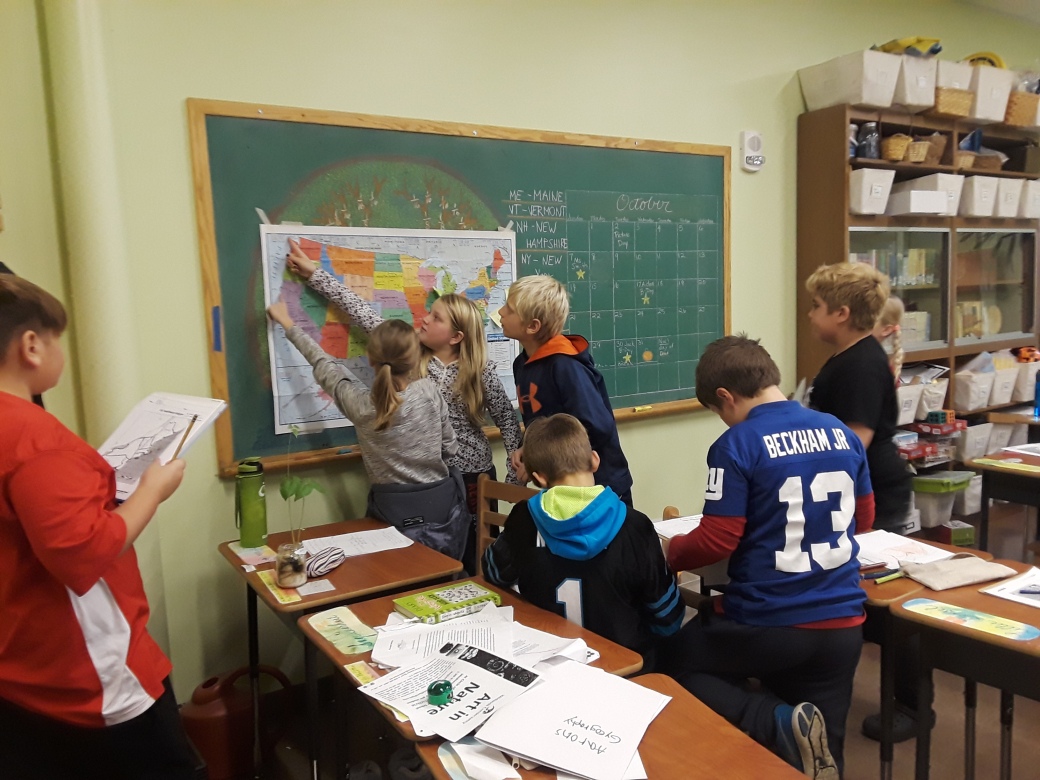


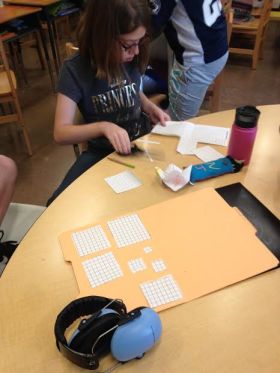
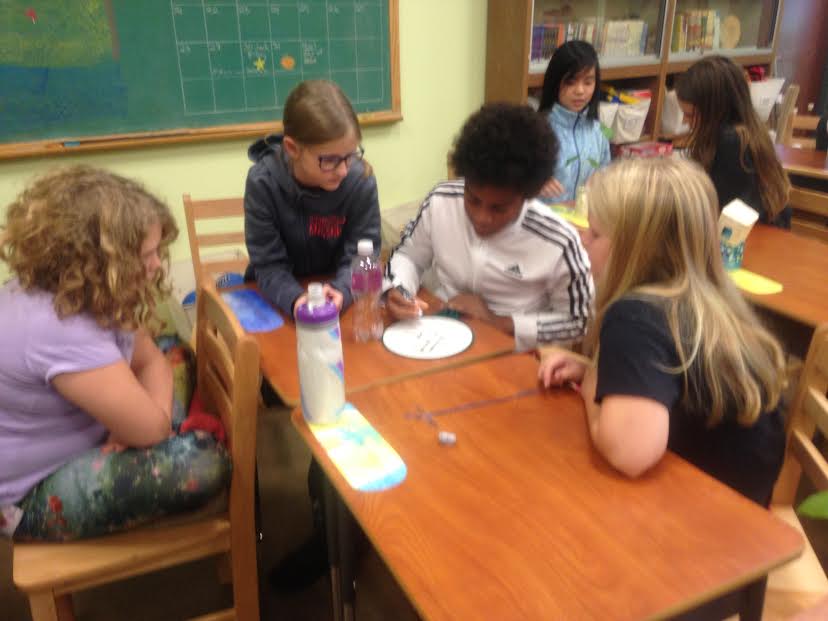 Today we reviewed all these concepts in groups and paddles to show their answers. We have had daily math skills periods four days a week since we began school, but beginning next week, during that period Miss Smith will begin
Today we reviewed all these concepts in groups and paddles to show their answers. We have had daily math skills periods four days a week since we began school, but beginning next week, during that period Miss Smith will begin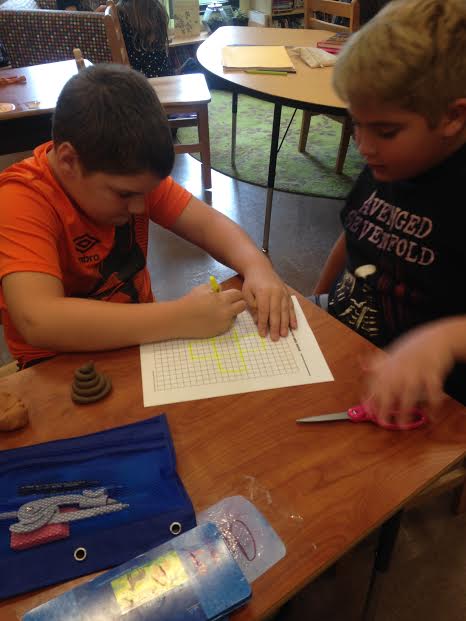
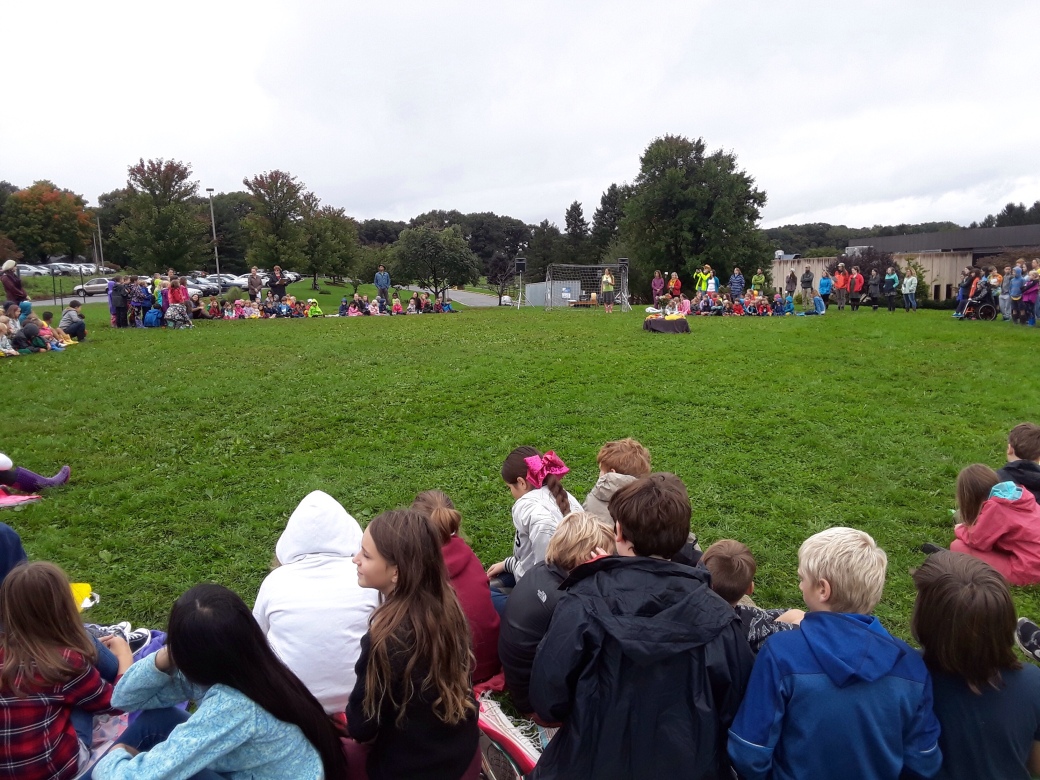

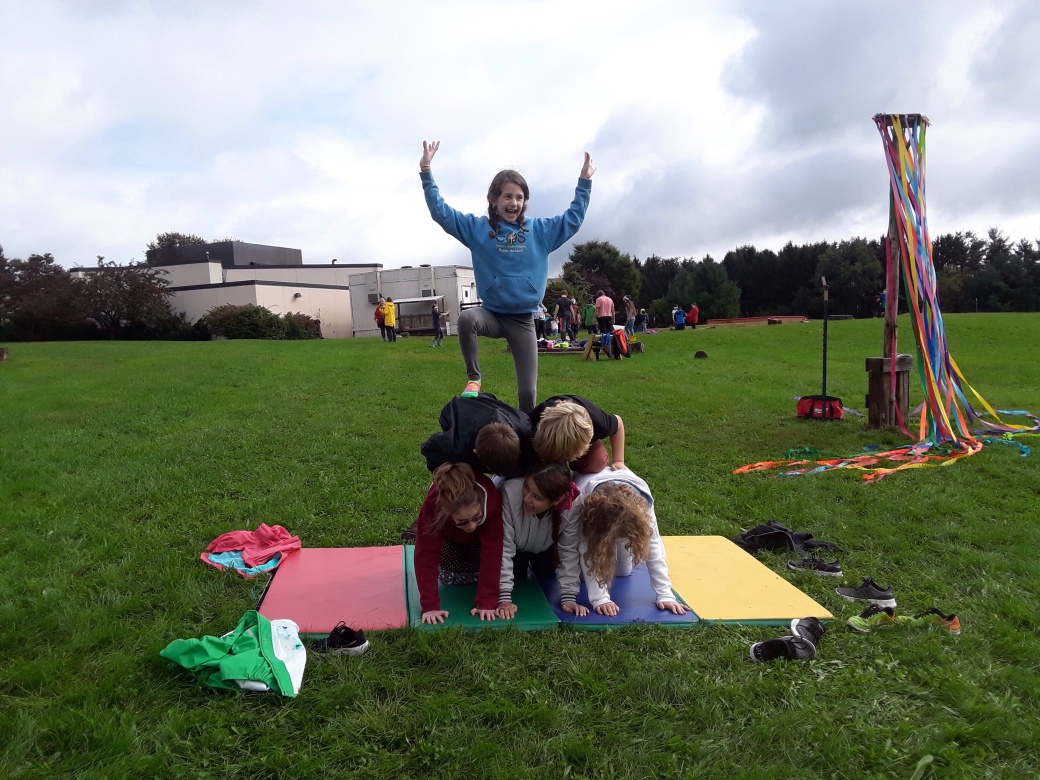
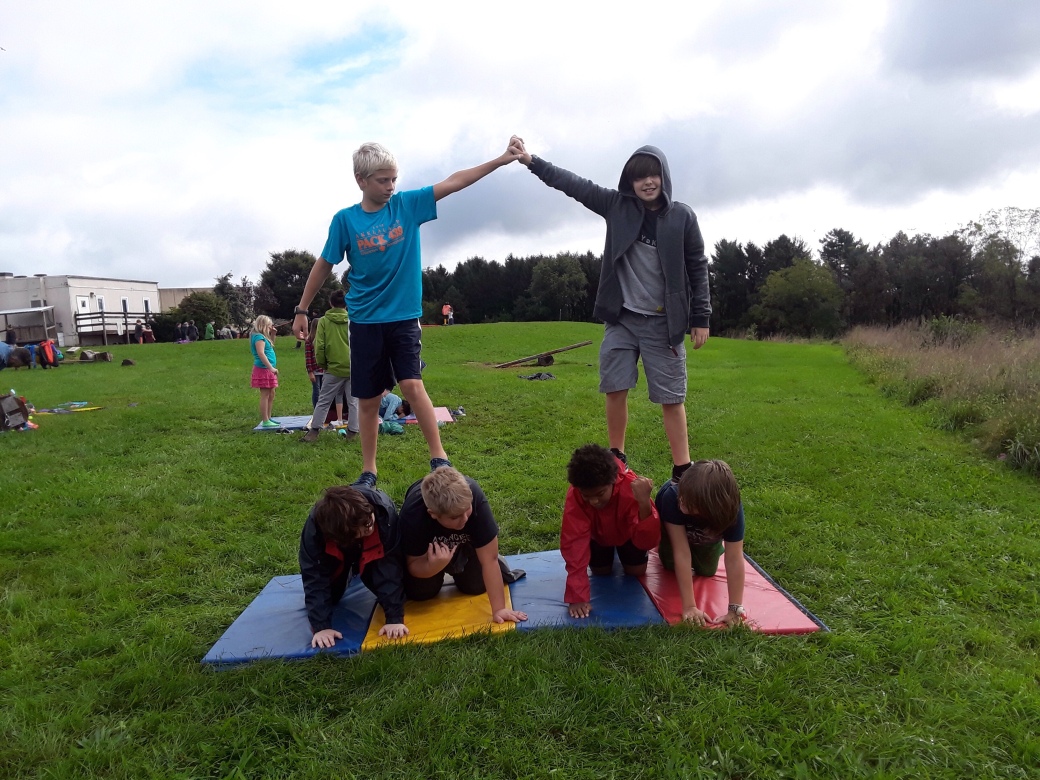




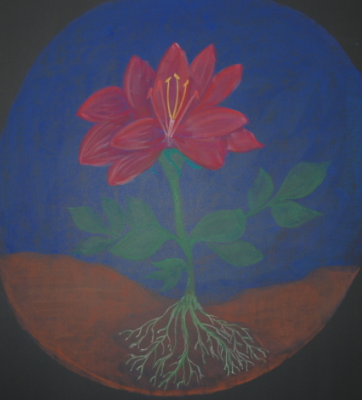
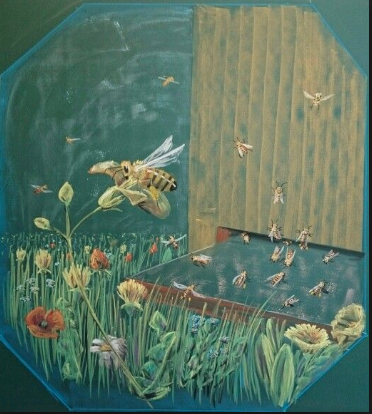 assroom flower press. Next week, the class will continue on their botanist path by studying seeds. We will collect seeds from our beautiful campus and explore how seeds are dispersed. After that we will continue studying pollinations and pollinators.
assroom flower press. Next week, the class will continue on their botanist path by studying seeds. We will collect seeds from our beautiful campus and explore how seeds are dispersed. After that we will continue studying pollinations and pollinators.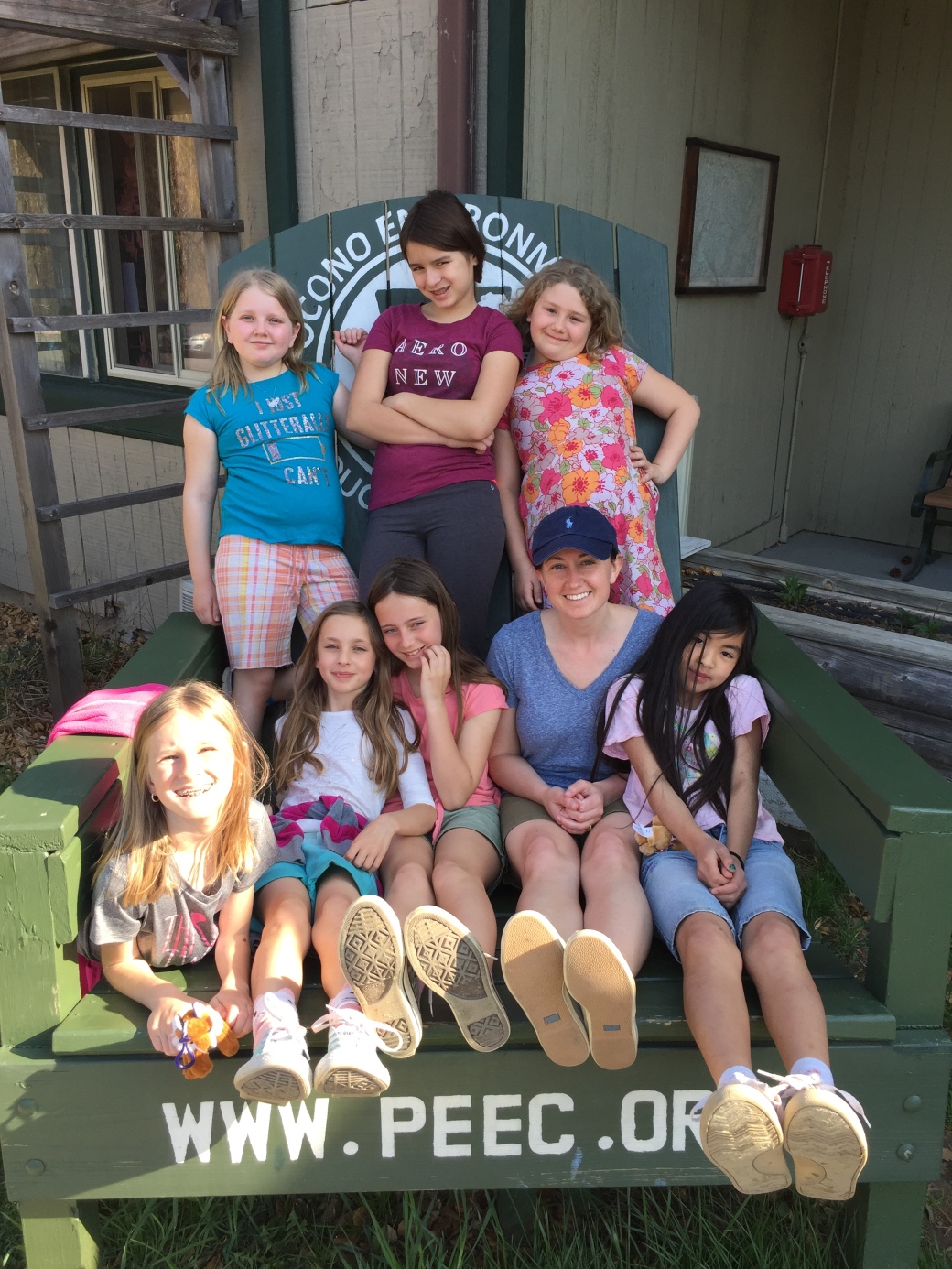




















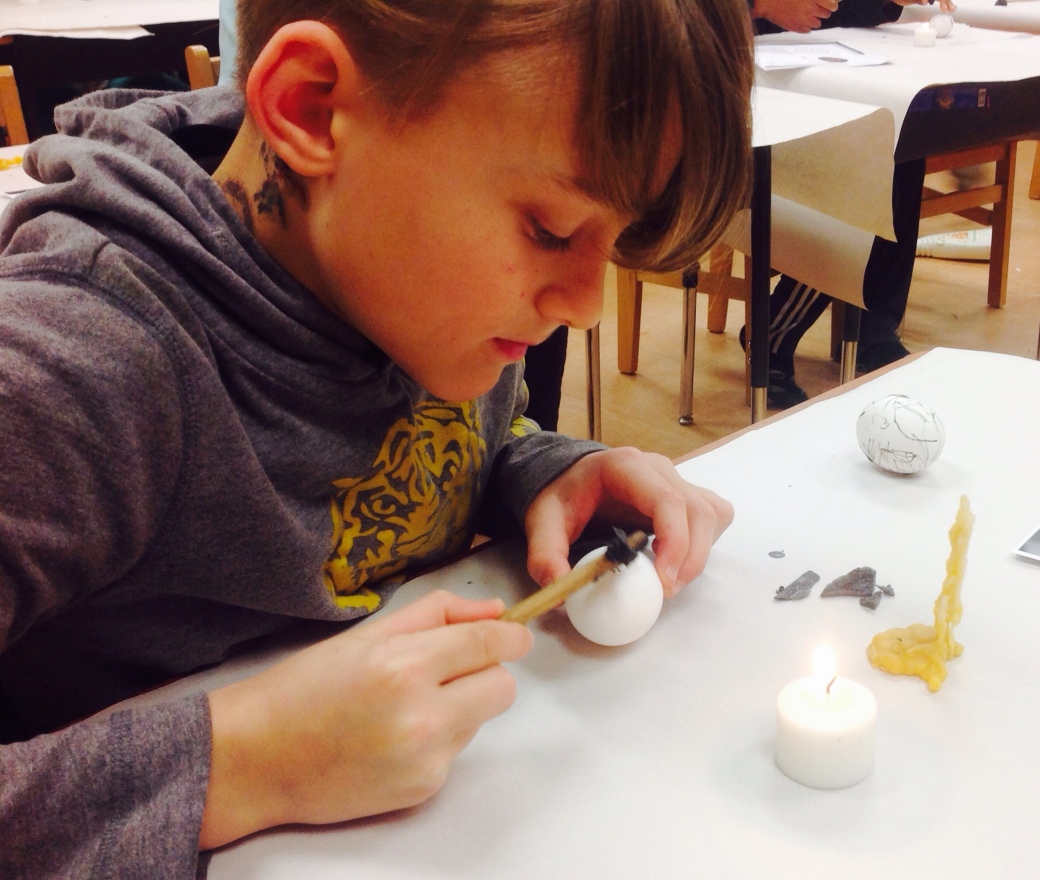
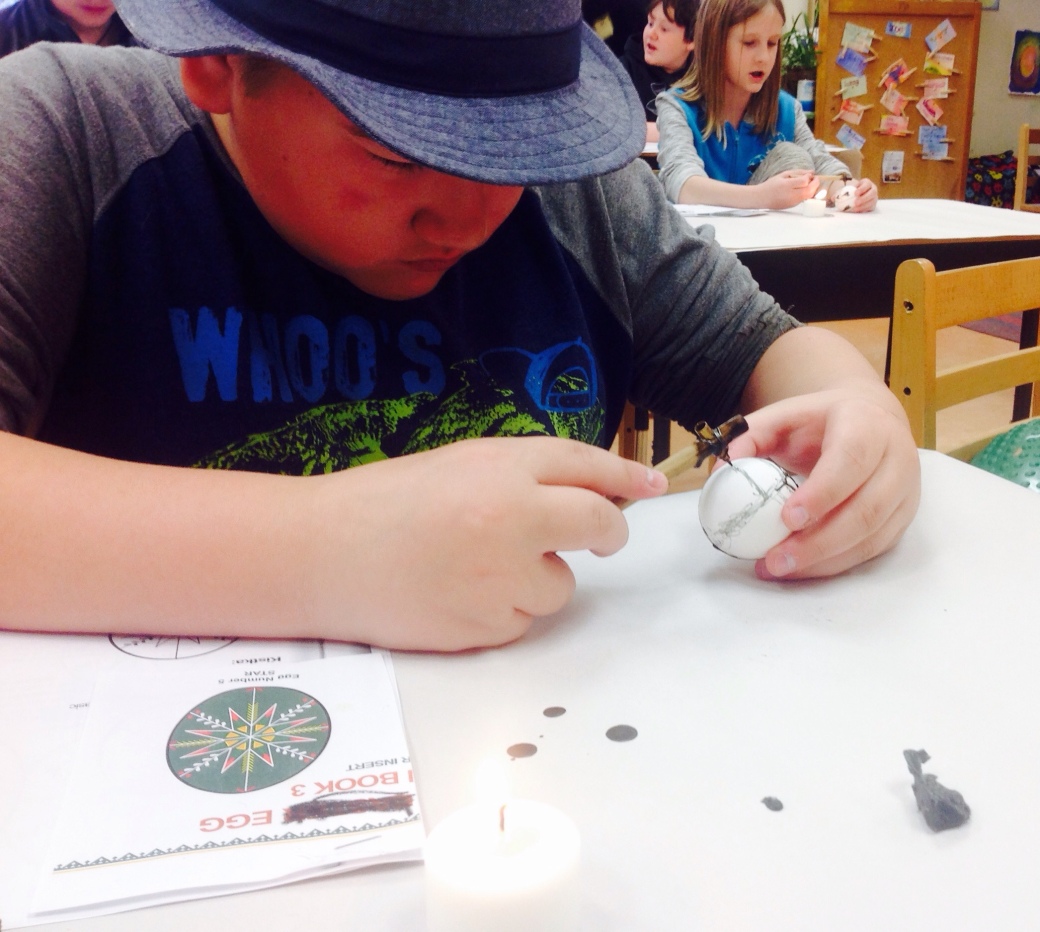











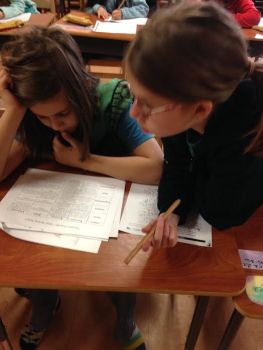
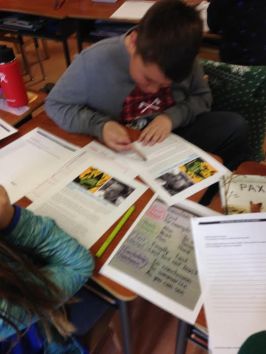
 Thursday, we were back to testing and were busy with orchestra in the afternoon. Today, Miss Sarah took the lead in the classroom bringing state representative Ryan E. Mackenzie to visit the class to talk about what he does for our state and what his job is like. We also learned that Mr. Mackenzie went to high school with both Mrs. Ostfeld and Miss Jill!
Thursday, we were back to testing and were busy with orchestra in the afternoon. Today, Miss Sarah took the lead in the classroom bringing state representative Ryan E. Mackenzie to visit the class to talk about what he does for our state and what his job is like. We also learned that Mr. Mackenzie went to high school with both Mrs. Ostfeld and Miss Jill!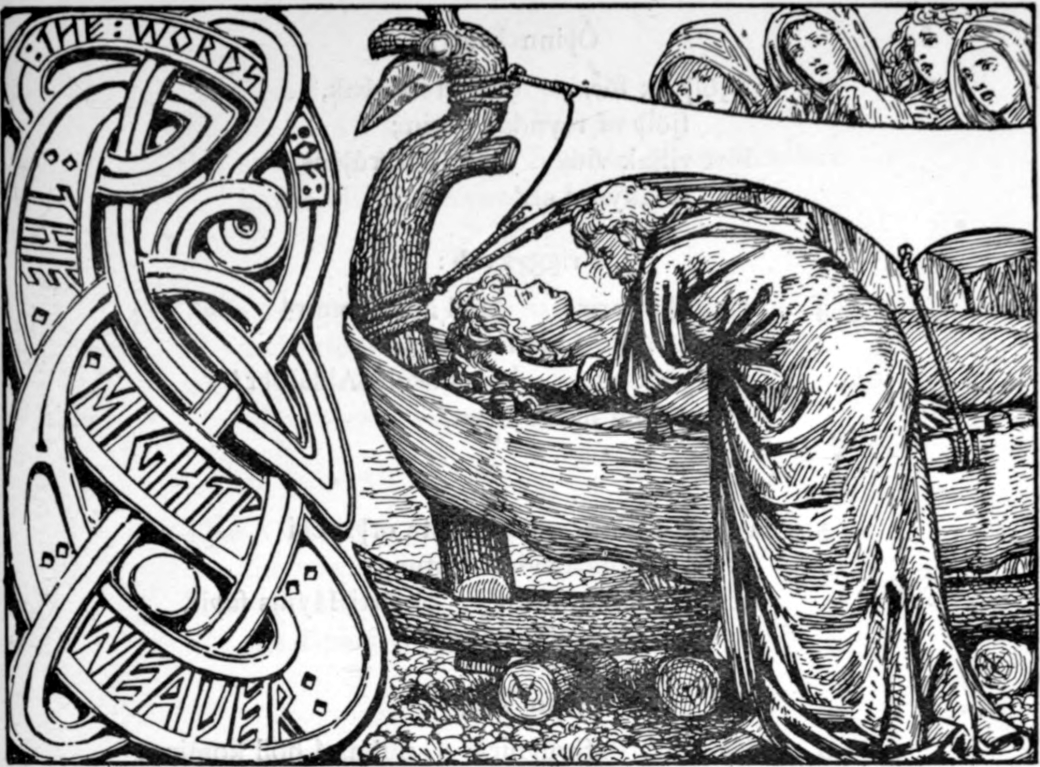 The parts given to each child are chosen for specifically to challenge or compli
The parts given to each child are chosen for specifically to challenge or compli